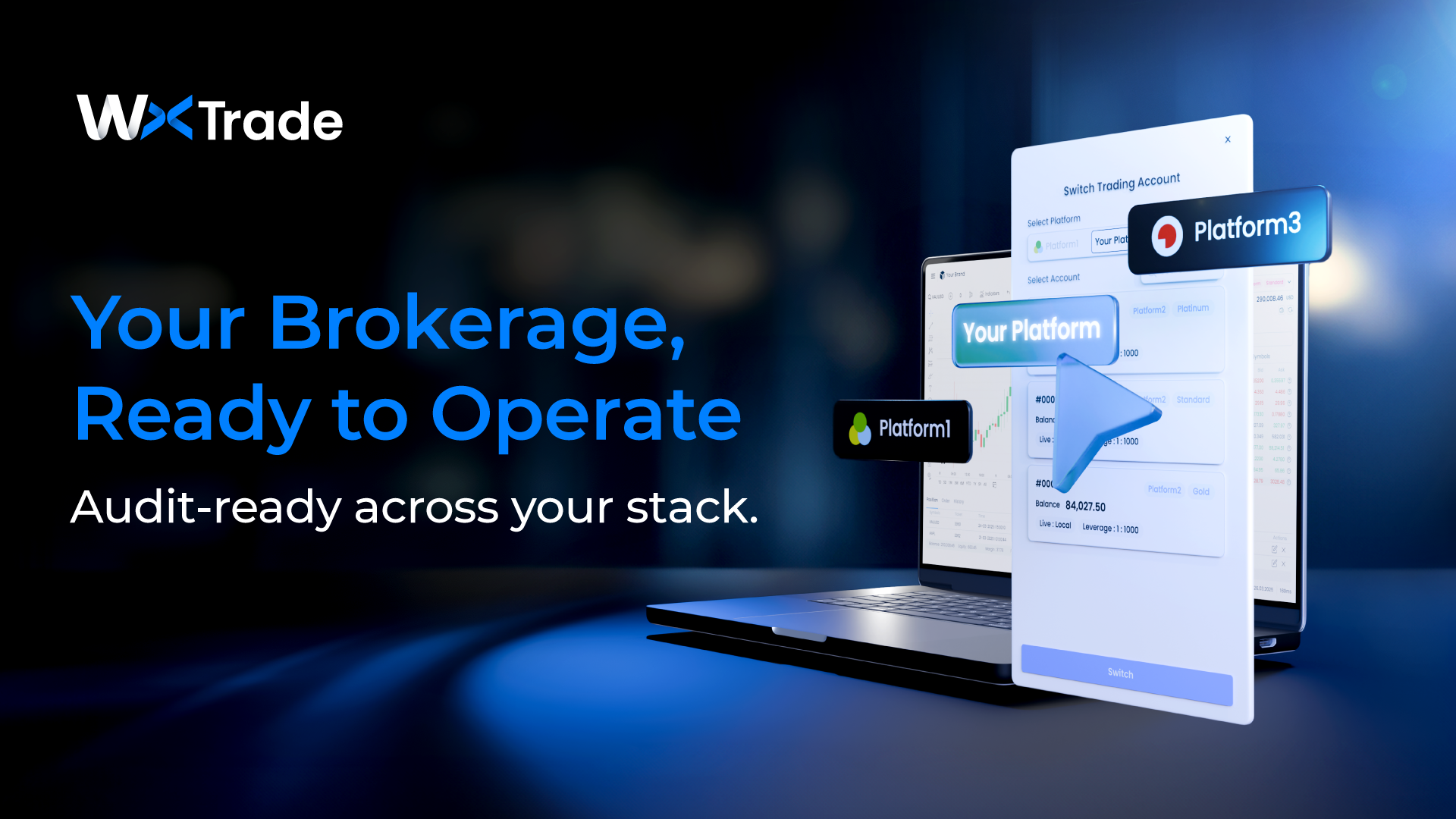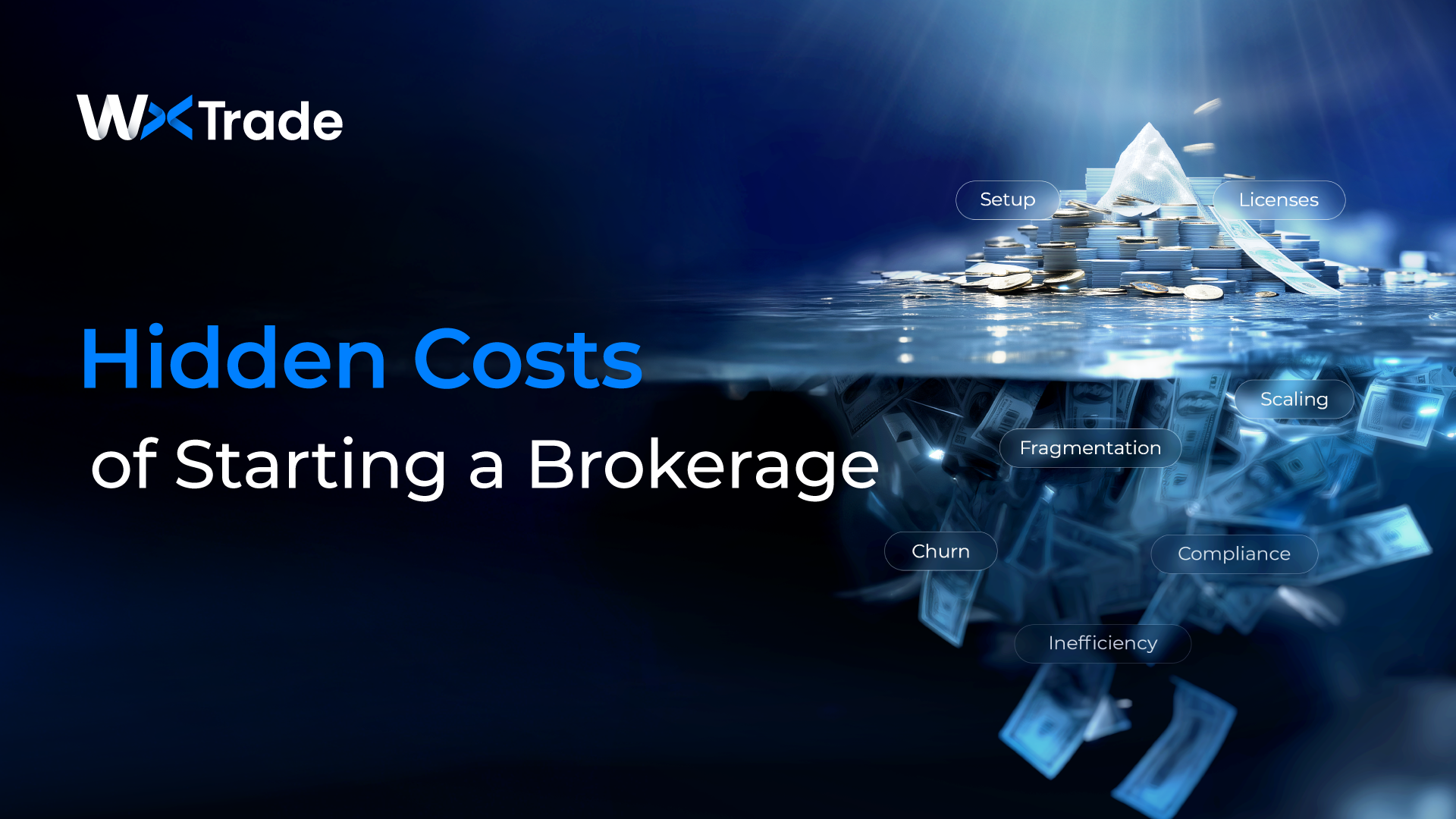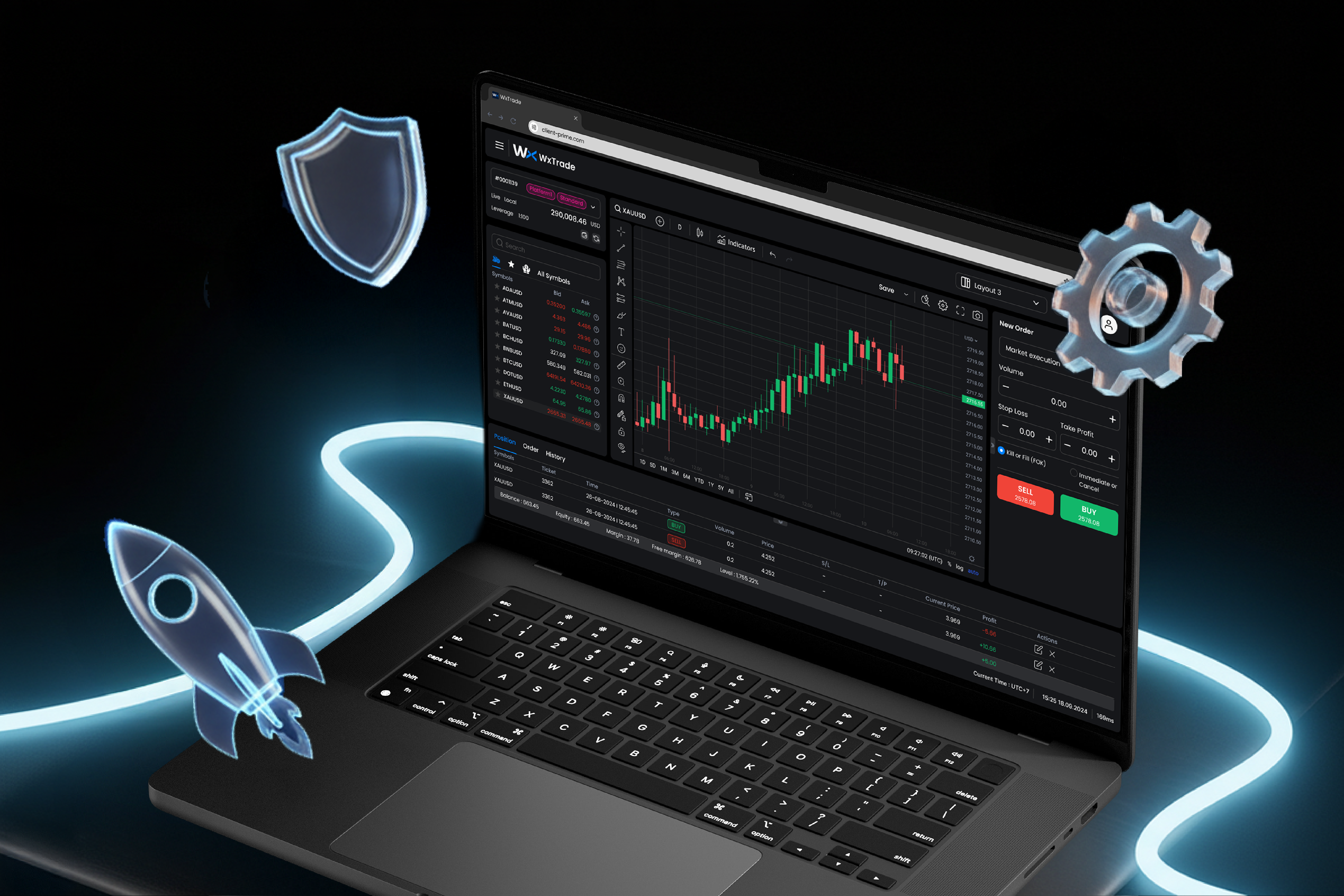- Category: Brokerage Technology, Cross Platform Trading, FinTech
Cross-Platform Trading: Why Multi-Platform Sync is the Future for Brokers

Today’s traders move fluidly between desktop, web, and mobile. They research on one interface, execute on another, then manage risk on the go. When balances, positions, or P&L don’t match across touchpoints, confidence drops—and so does engagement.
Cross-platform trading with multi-platform sync solves this by ensuring every surface reflects a single, accurate state in real time. For brokers, that means fewer support tickets, cleaner compliance, and a client experience that actually earns loyalty.
The Rise of Cross-Platform Trading
The brokerage industry is living through a generational shift. According to Exploding topic report, Millennial and Gen Z traders — digital natives with $12 trillion in spending power by 2030— are redefining what “good enough” means in financial technology.
Mobile-First and Multi-Device Traders
These traders are mobile-first, multi-device by default. Roughly 74% of Gen Z prefer to manage finances on their phones. They might research setups on one platform and execute on another. — all in one day.
If balances don’t line up across devices, it’s not just an inconvenience; it’s a trust breach. And in finance, trust is everything.
Multi-Asset, Multi-Platform Expectations
Modern traders rarely confine themselves to a single asset class—they expect every asset in one account. Different interfaces excel at different things: some prioritize algorithmic and automation workflows; others emphasize a refined user experience with advanced charting. Forward-thinking brokers don’t force a trade-off. They let clients use whichever interfaces they prefer—seamlessly, within a single, synchronized account—so there’s no need to juggle multiple providers just to access the tools they want.
See how our platform supports multi trading platform.
Why Multi-Platform Sync Is No Longer Optional
For years, brokers could differentiate with tighter spreads or a single flagship platform. Today, client expectations have evolved. Traders expect choice, continuity, and polished experiences across every device and interface.
From Platform Loyalty to Experience Loyalty
Loyalty is no longer tied to a single trading terminal. It’s earned through the overall experience—how effortlessly clients can move between desktop, web, and mobile while seeing the same balance, P&L, and history. Brokers that deliver consistent, synced access tend to become the trader’s “home base,” while rigid, siloed setups quietly push clients to look elsewhere.
Consumer Tech Standards in Finance
Traders today expect their trading experience to be as smooth and consistent as the best consumer apps they use every day. They want to see their open positions and account data update instantly across all devices. When there’s a delay in information or discrepancies between channels, it creates frustration and slowly chips away at their confidence. If data isn’t synchronized in real time, the entire experience can feel unreliable, leading clients to disengage and look for other options.
If fragmentation is the silent killer, synchronization is the secret weapon.
Unified Client View = Retention
A unified ecosystem creates a Single Customer View (SCV). Traders see consistent balances, P&L, and trade history across every platform.
That consistency boosts trust — and trust boosts retention. Even a 5% improvement in retention can increase profits by 25–95%.
Smarter Risk & Compliance
With all data in one place, brokers can run real-time AML and KYC checks across platforms. Suspicious activity can’t hide in system cracks. Sync also enables automated compliance reporting, making audits painless.
The Hidden Costs of Fragmentation
Operating multiple platforms without synchronization not only hinders efficiency but also steadily erodes performance and trust throughout the organization.
Operational Inefficiencies & Reconciliation Nightmares
Without a unified backbone, teams contend with duplicated accounts, mismatched positions, and manual reconciliation that consumes time and invites errors. Risk can’t see aggregate exposure at a glance; finance stitches together reports after the fact. The cumulative effect is slower decision-making, higher support volume, and elevated operational risk. Industry estimates suggest an hour of core platform downtime can reach multi-million-dollar impacts—fragmentation raises that likelihood and complicates recovery.
Compliance Blind Spots
Supervisors expect accurate, timely, and reconstructable records—end-to-end. When data lives in silos, audit trails splinter and timestamps diverge, making it harder to demonstrate lineage or produce a single, authoritative view of activity. Fragmentation isn’t merely inefficient; it introduces material compliance exposure that grows with scale.
So how do you actually manage multi-platform sync? It comes down to modern architecture.
APIs as the Connective Tissue
APIs are the language that lets Top-Tier trading platform provider, CRM systems, and portals talk to each other. REST APIs manage client accounts. FIX APIs connect liquidity. WebSocket APIs push live market data.
Together, they create a seamless ecosystem where every platform speaks the same language.
Event-Driven Architecture (EDA) for Real-Time Data
In EDA, every event (a trade executed, a deposit processed) is instantly broadcast across the system. Instead of laggy polling, platforms react in real time.
Think of it as a central nervous system for your brokerage — fast, responsive, and resilient.
Strategic ROI of Cross-Platform Integration
Syncing isn’t just about keeping up; it’s about getting ahead.
Scaling Globally With Multi-Platform
A unified, synchronized core lets brokers expand into new regions without rebuilding the tech stack. Because trader preferences vary by market, you can offer multiple interfaces from the same account and data model—serving each audience without duplicating operations or fragmenting risk and compliance.
Insurance Against Platform Risks
Depending on a single platform is risky. Outages, vendor lock-ins, even app store bans can cripple a broker. Multi-platform sync provides built-in redundancy — if one system falters, traders stay active on another.
Cross-platform trading is here to stay. Traders expect choice, mobility, and continuity — and they’ll switch brokers to get it. The cost of ignoring synchronization is high: churn, inefficiency, compliance risks. The payoff of unification? Trust, scalability, and growth.
With our platform, brokers can launch in just 14 days, equipped with seamless sync, compliance-ready infrastructure, and the flexibility to scale globally.
The future of brokerage isn’t just multi-platform. It’s synchronized, unified, and built for growth.
FAQ
What is cross-platform trading in simple terms?
It means traders can use multiple platforms interchangeably — with all balances, trades, and data syncing in real time.
Does multi-platform sync really reduce costs?
Yes. Unified systems cut manual reconciliation and support tickets, often reducing operational costs by 20–30%.
How quickly can brokers implement sync with SaaS platforms?
With modern SaaS solutions, brokers can launch synchronized, multi-platform environments in as little as 14 days.


